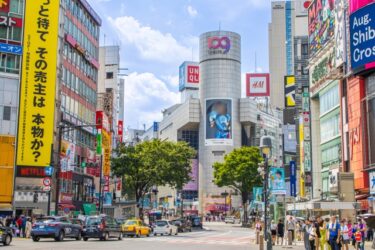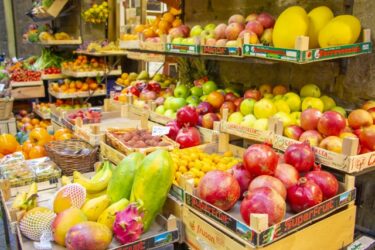Explore Japanese Cuisine: A Journey of Flavors
Japan is known worldwide for its rich and diverse culinary traditions. From fresh seafood to perfectly crafted noodles, each region in Japan offers its own specialties. Below are some must-try dishes, along with where you can find them and typical price ranges, to guide your culinary adventures.
1. Sushi (寿司)
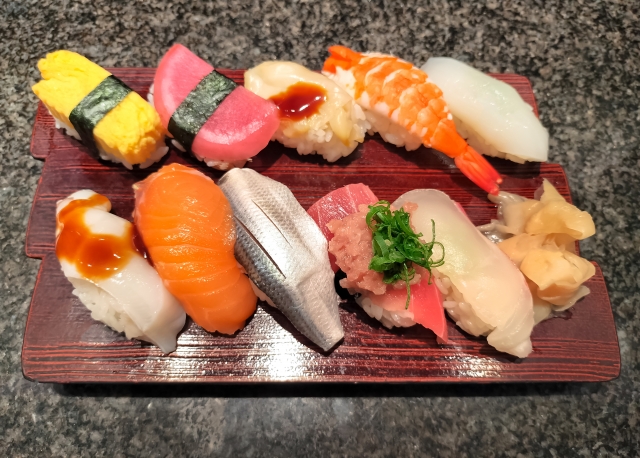
Overview:
Sushi is perhaps Japan’s most iconic dish. It consists of vinegared rice topped with fresh fish, seafood, or vegetables. While sushi can range from simple to luxurious, even casual sushi in Japan is often made with the highest quality ingredients.
Where to Eat:
- Conveyor belt sushi (回転寿司 – Kaiten-zushi): Affordable, casual dining where plates of sushi pass by on a conveyor belt, and you pick what you want. Popular chains include Sushiro and Kura Sushi.
- High-end sushi restaurants: For a luxurious experience, head to places like Sukiyabashi Jiro in Tokyo.
Cost:
- Conveyor belt sushi: ¥100–¥500 per plate
- High-end sushi: ¥10,000–¥30,000+ per person (depending on restaurant and menu)
2. Ramen (ラーメン)
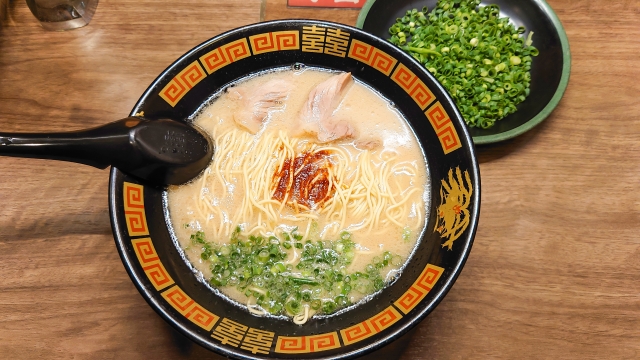
Overview:
Ramen is a beloved noodle soup dish that comes in various regional styles, each with a unique broth, from soy sauce (shoyu) to pork bone (tonkotsu) and miso. The perfect ramen combines a rich broth with chewy noodles and delicious toppings like pork slices, bamboo shoots, and eggs.
Where to Eat:
- Ramen shops: Found all over Japan, each shop specializes in its own style. Ichiran and Ippudo are two famous chains known for their tonkotsu ramen.
- Ramen streets: Some cities, like Sapporo or Tokyo, have entire streets dedicated to ramen, where you can try different varieties.
Cost: ¥700–¥1,200 per bowl
3. Tempura (天ぷら)
Overview:
Tempura consists of seafood or vegetables that have been lightly battered and fried until crispy. It’s known for its delicate flavor and light texture. Tempura can be eaten as a main dish, in rice bowls (tendon), or with dipping sauce on the side.
Where to Eat:
- Tempura restaurants: Specialize in serving tempura as a multi-course meal. Tenichi and Tsunahachi are well-known establishments in Tokyo.
- Tendon shops: A bowl of tempura served over rice with sweet soy-based sauce.
Cost:
Casual tendon shops: ¥1,000–¥2,000 per meal
High-end tempura restaurants: ¥5,000–¥15,000 per person
4. Sukiyaki (すき焼き)
Overview:
Sukiyaki is a hot pot dish made with thinly sliced beef, vegetables, tofu, and noodles simmered in a sweet and savory soy sauce-based broth. The cooked ingredients are often dipped in a raw egg before eating. This dish is especially popular in winter and for special occasions.
Where to Eat:
- Sukiyaki restaurants: Many traditional restaurants specialize in this hearty dish. Some famous places include Imahan in Tokyo.
Cost: ¥3,000–¥8,000 per person (depending on the quality of beef and restaurant)
5. Takoyaki (たこ焼き)
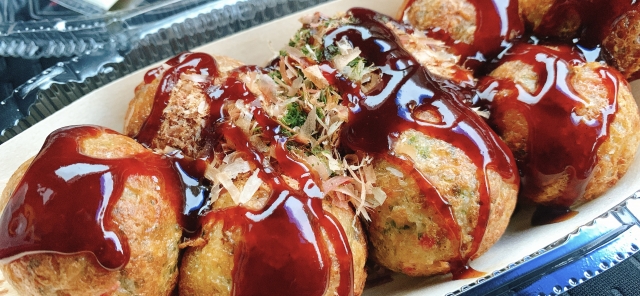
Overview:
Takoyaki are bite-sized balls of batter filled with diced octopus and grilled to perfection. They’re usually topped with takoyaki sauce, mayo, and bonito flakes. Originating from Osaka, this dish is a popular street food and a must-try for casual eating.
Where to Eat:
- Street food stalls: Found at festivals, markets, or busy shopping streets like Dotonbori in Osaka.
- Takoyaki shops: Specialize in various flavors and toppings.
Cost: ¥400–¥800 for 6–8 pieces
6. Okonomiyaki (お好み焼き)
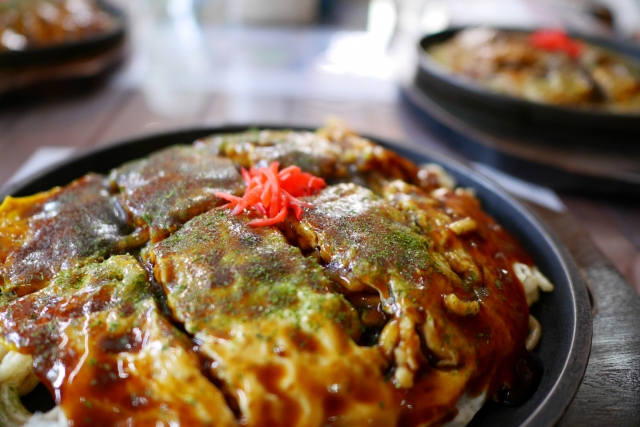
Overview:
Often called a Japanese savory pancake, okonomiyaki is made from batter, cabbage, and a variety of ingredients like pork, shrimp, and cheese. It’s cooked on a griddle and topped with a rich sauce, mayo, and bonito flakes. Hiroshima and Osaka are famous for their versions of okonomiyaki, which differ in preparation and ingredients.
Where to Eat:
- Okonomiyaki restaurants: Some places allow you to grill your own okonomiyaki at the table. Popular spots include Chibo in Osaka and Okonomimura in Hiroshima.
Cost: ¥700–¥1,500 per okonomiyaki
7. Kaiseki (懐石料理)
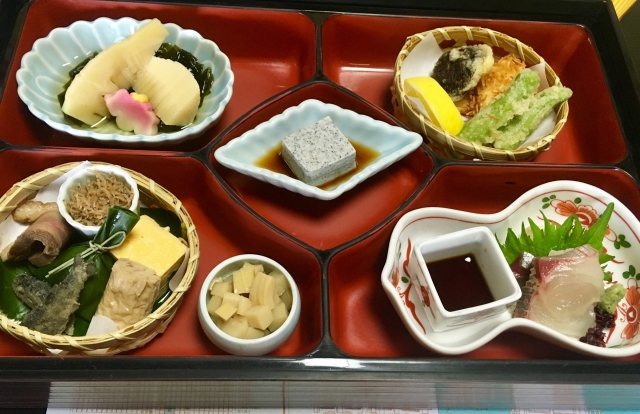
Overview:
Kaiseki is a multi-course meal that showcases the best of seasonal ingredients, carefully prepared and presented in a way that reflects Japanese aesthetics and traditions. Each dish in a kaiseki meal highlights different cooking techniques, from simmering and grilling to sashimi and soup preparation. This is considered one of the most refined forms of dining in Japan.
Where to Eat:
- Ryokan (traditional inns): Many ryokan offer kaiseki meals as part of their stay, especially in Kyoto and Kanazawa(Ishikawa).
- Specialty restaurants: High-end restaurants like Kikunoi in Kyoto offer full kaiseki experiences.
Cost: ¥10,000–¥30,000+ per person
How to Apply
You can easily find restaurants and book experiences through platforms like Tabelog, Gurunavi, or OpenTable Japan. OpenTable Japan has multi-lingual pages, English,Spanish,French,German,Italian,Nederlands,Chinese and Japanese.Tabelog and Gurunavi has only Japanese sites.
Many restaurants, especially those in tourist areas, offer English menus or online booking options in English. For street food and casual dining, no reservations are needed—just follow your nose and enjoy!
If you can’t find the information you’re looking for, please send us a request through the contact form.
We will create articles based on the most frequently asked questions.
Our contact form is here.




